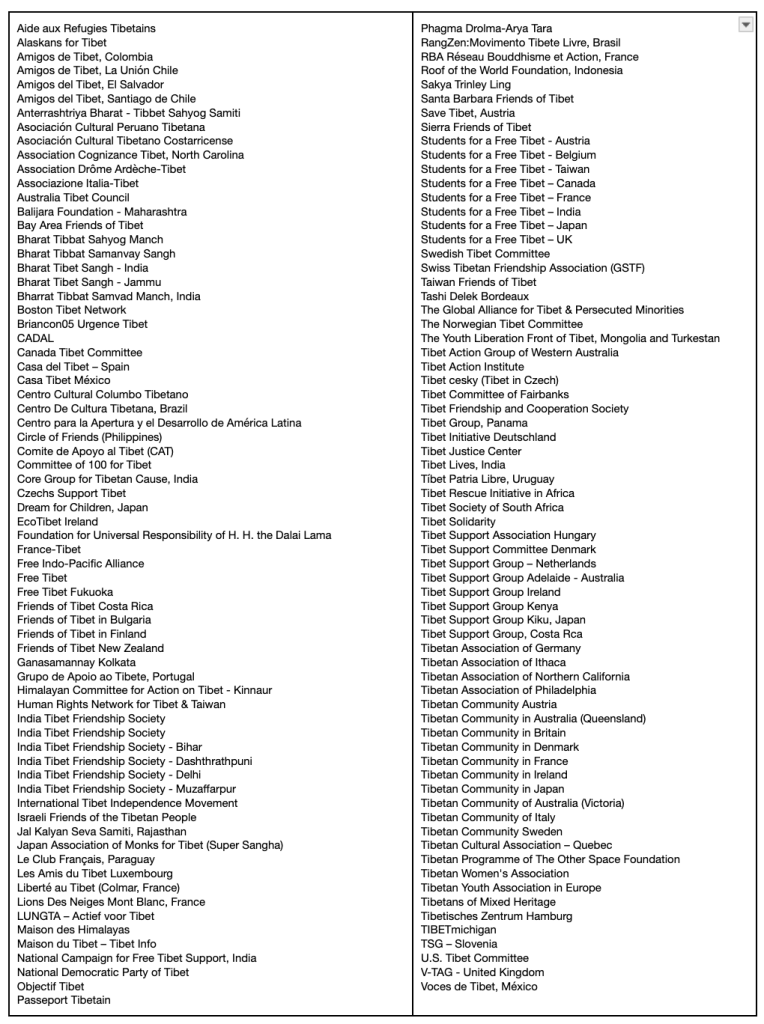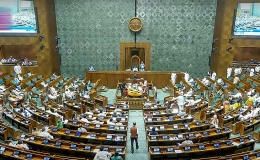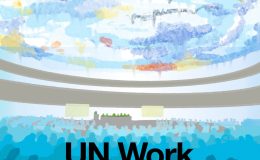Dr. Yannick Lintz, President
Musée Guimet
6 Pl. d’Iéna, 75116 Paris,
France
23 October 2024
Dear Dr. Yannick Lintz
We are a coalition of over 140 global Tibet-related organisations, representing the collective voice for the Tibetan people and their struggle for freedom. We are writing to you today to raise the important matter of how occupied Tibet is being represented in your museum and to raise concerns over how some of your exhibitions risks endorsing China’s colonisation of Tibet and the systematic erasure of its culture and heritage. To this end, we respectfully urge you to cease using the term “Himalayan World” in your exhibitions and change it to the correct and decolonized name, “Tibet.”
Tibet was illegally invaded by China in 1950, and under the ongoing occupation it is recognised by human rights organisations and experts as one of the most repressive places on Earth – Freedom House ranks Tibet as the least free place in the world in terms of civil liberties and political rights. Seven decades of repression have resulted in the loss of all basic freedoms, and China continues to implement a system of cultural genocide making huge strides in the attempted erasure of Tibetans’ language, unique identity, and way of living.
Musée Guimet’s use of the term “Himalayan World” may seek to encapsulate the traditions of Tibet, Bhutan, and Nepal. Still, without using the word “Tibet”, it risks merging these distinct cultures and traditions into one, failing to do justice to their distinct histories and depriving visitors of crucial context. The usage of “Tibet” is also important as it encapsulates the unique Tibetan culture and identity. By removing it, the museum is accepting and supporting China’s seven decades of occupation and repression and ignores the legitimate struggles of the Tibetan people.
It is because of this distinct history that, in recent years, the Chinese government has actively sought to minimise the use of “Tibet” and impose the name “Xizang” as part of a broader strategy to erase Tibetan identity and culture. This shift is not merely a linguistic change; it represents a systematic effort to reframe our history and undermine the significance of our nation.
We believe that museums have a responsibility to provide accurate and respectful representations of cultures, particularly those that have been oppressed and under occupation. For this reason, it is crucial for institutions like yours to uphold the principles of the Code of Ethics for museums and recognise the weight of language in shaping perceptions.
By using “Tibet,” you are standing with the Tibetan people and acknowledging our existence. By using the historically correct term, you are standing for the legitimacy of our identity and against colonial narratives that have long marginalised our voices.
You will no doubt be aware that another Paris museum—Musée du Quai Branly—has already agreed that this error needs to be rectified. Within a few weeks of our meeting, they removed “Xizang” from their online catalog and in-museum labels and correctly relabelled it with the correct language, “Tibet.”
We call on the Musée Guimet to meet with Tibetan representatives as a matter of priority. Meeting with Tibetan representatives can foster a deeper understanding of our history and current realities and illuminate the ongoing impacts of Chinese policies of misinformation, propaganda, and cultural assimilation. Such engagement would not only enhance your exhibitions but also demonstrate a commitment to authentic representation.
Thank you for your attention to this vital matter. We look forward to your response and the possibility of collaboration supporting Tibetan heritage and rights.
Yours sincerely,
Mandie McKeown, Executive Director, International Tibet Network
On behalf of the following 140 International Tibet Network Member Organisations:







Gyal Lo
October 24, 2024 5:28 pmPlease respect our history!